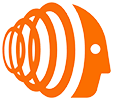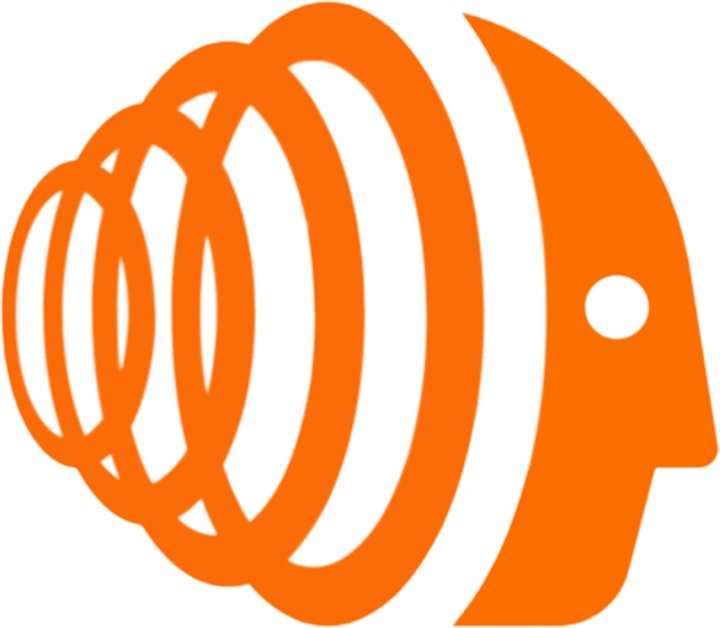基于 Vue3 的卡片组件开发:一个交互式 UI 构建模块
应用场景介绍
在现代 Web 开发中,卡片组件已成为一种广泛使用的 UI 元素,用于展示简洁、信息丰富的可交互内容。本文将深入探讨基于 Vue3 的卡片组件的开发,重点介绍其基本功能、实现步骤和关键代码分析。
基本功能介绍
Vue3 卡片组件提供了一系列基本功能,包括:
- 可自定义的外观,包括背景颜色、边框样式和圆角
- 支持图片、文本和图标等多种内容类型
- 响应式布局,可自动适应不同屏幕尺寸
- 点击、悬停和拖放等交互事件
功能实现步骤及关键代码分析
1. 组件模板
卡片组件的模板定义了其结构和外观。以下是一个简单的示例:
<template>
<div class="card">
<img class="card-image" :src="image" />
<div class="card-content">
<h3 class="card-title">{{ title }}</h3>
<p class="card-description">{{ description }}</p>
</div>
<div class="card-footer">
<span class="card-footer-icon">
<i class="fas fa-heart"></i>
</span>
<span class="card-footer-text">{{ likes }}</span>
</div>
</div>
</template>
2. 组件脚本
组件脚本负责处理组件的逻辑和交互。以下是关键代码的分析:
export default {
props: {
image: {
type: String,
default: '',
},
title: {
type: String,
required: true,
},
description: {
type: String,
default: '',
},
likes: {
type: Number,
default: 0,
},
},
methods: {
handleLike() {
this.likes++;
},
},
};
props定义了组件的输入属性,允许从外部传递数据。methods定义了组件的方法,用于处理用户交互和内部逻辑。
3. CSS 样式
CSS 样式负责定义组件的外观和布局。以下是关键样式的分析:
.card {
width: 300px;
height: 400px;
border-radius: 10px;
box-shadow: 0 5px 10px rgba(0, 0, 0, 0.1);
}
.card-image {
width: 100%;
height: 200px;
object-fit: cover;
border-radius: 10px 10px 0 0;
}
.card-title {
font-size: 20px;
font-weight: bold;
margin-top: 10px;
}
.card-description {
font-size: 16px;
color: #777;
margin-top: 5px;
}
.card-footer {
display: flex;
justify-content: space-between;
align-items: center;
margin-top: 10px;
}
.card-footer-icon {
font-size: 20px;
color: #333;
}
.card-footer-text {
font-size: 16px;
color: #777;
}
- 这些样式定义了卡片的尺寸、形状、阴影和内容布局。
总结与展望
开发 Vue3 卡片组件是一项相对简单的任务,涉及模板、脚本和样式的协作。通过理解关键代码和实现步骤,开发人员可以创建交互式且可定制的 UI 元素,以增强其 Web 应用程序的可用性和美观性。
展望未来,卡片组件的发展方向包括:
- **动画效果:**添加过渡和动画效果,以增强用户体验。
- **数据绑定:**与外部数据源集成,实现动态更新。
- **高级交互:**支持拖放、排序和过滤等高级交互功能。


